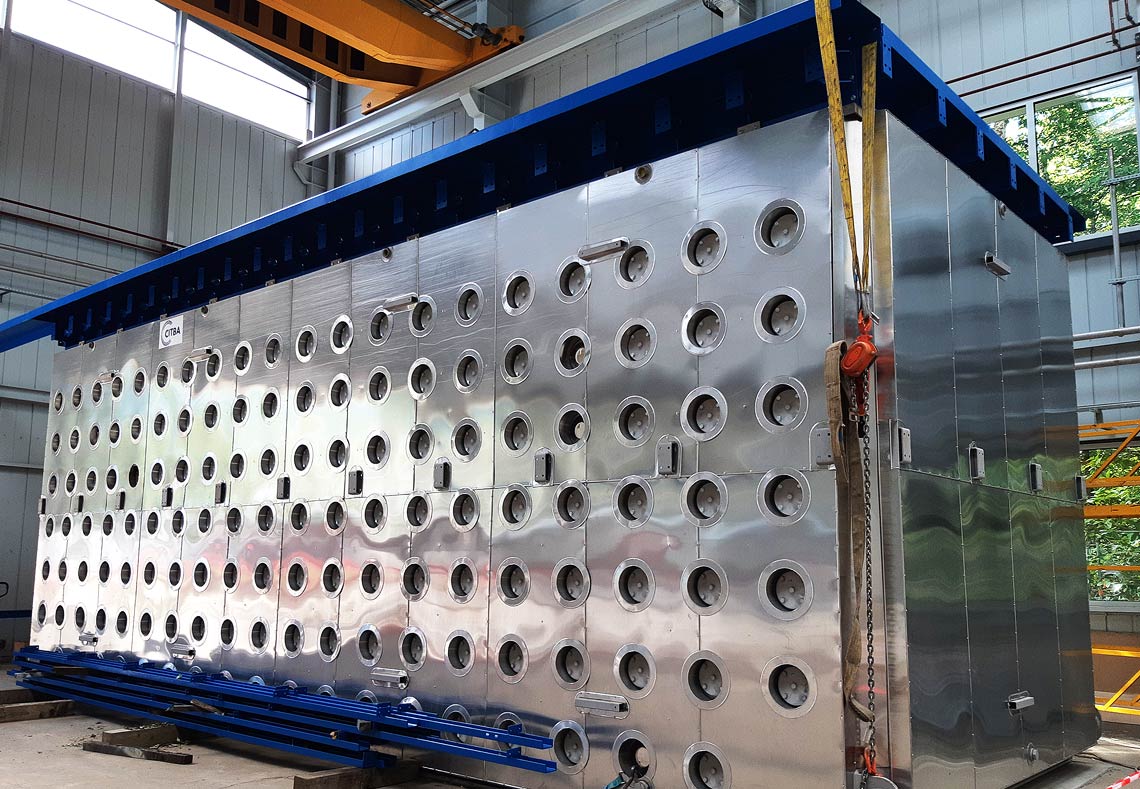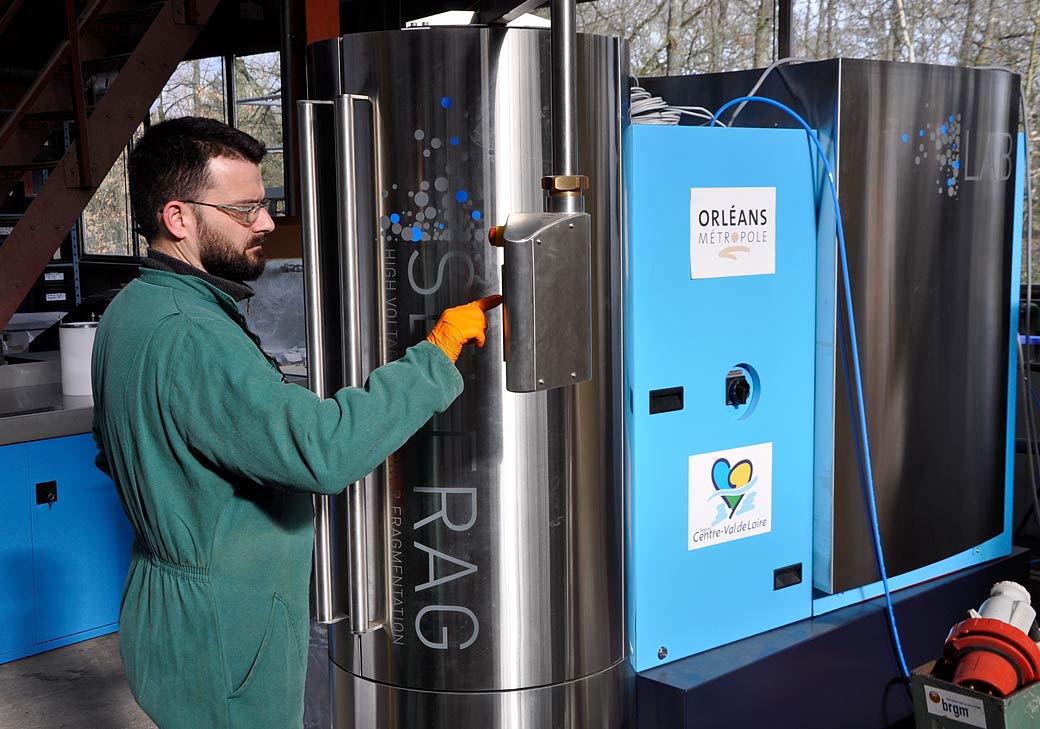New experimental facilities at BRGM
BRGM is committed to developing high value-added partnerships and services for industry stakeholders. This commitment to reach out to industry, already reflected in BRGM’s accreditation as a CARNOT institute, has been strengthened through the development of experimental testing facilities and tools for conducting research, development and innovation programmes using novel – and sometimes ground-breaking – equipment. BRGM has thus acquired two experimental platforms called PRIME and PLAT'INN, which are geared towards innovation and dedicated to the environment.

The environment is the major societal issue. Key challenges for BRGM are to understand how pollutants transfer to the environment and to develop new metrology systems, methods and services, in particular with a view to rehabilitating contaminated sites and degraded land.
This research requires the acquisition of scientific equipment. By allowing BRGM to develop research-based training, accommodate experienced researchers and residence programmes, develop innovative research programmes and foster collaborative partnerships with industry stakeholders, such facilities help BRGM stand out and attract interest. In 2003, BRGM acquired MC-ICP-MS Neptune, followed by MEB-Raman in 2012 and by LC-TOF in 2014. In 2019, as part of the renovation of the pilot-phase hall, it launched the PRIME experimental platform and renovated the PLAT'INN platform as well.
Experimental platforms in support of environmental research
PRIME is part of the coordinated set of platforms for environmental innovation, development and technological optimisation of the PIVOTS programme supported by the Centre-Val de Loire Region.

PRIME contributes to the development of new concepts and practical innovative technologies in the metrics of polluted water, land and sediments, and helps improve knowledge of transfer processes and environmental technologies for the remediation of these environments. The PRIME platform includes a modular plurimetric pilot (of about 120m3), which can analyse reaction processes occurring in unsaturated and/or saturated areas at their actual scale and in 4D. Automated centimetric to metric pilots, also an integral part of the PRIME platform, will allow these processes to be studied in greater detail, in 3D, and on a smaller scale. One of the strengths of the PRIME platform is that it brings the laboratory closer to the field and couples measurements to modelling.
PLAT'INN draws on all the scientific and technical skills required to carry out research and innovative projects either through collaboration or in partnership with other organisations, as well as to provide services to the private sector concerning the processing of mineral resources. It comprises several technological workshops and can accept and prepare sufficiently large batches (up to 10 tonnes) for these to be representative.
The intention is for these two platforms to be accessible to a wide range of stakeholder networks in industry and academia, involved in environmental management and the circular economy of strategic metals.
